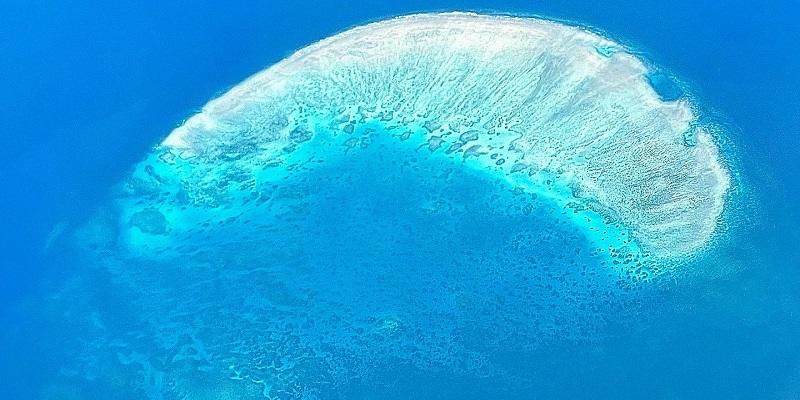Climate models are unreliable when it comes to predicting the damage tropical cyclones will cause to sensitive coral reefs, according to a new study published in the journal Earth’s Future.
Anticipating an increase in tropical cyclone intensity with climate change, conservationists have been interested in using the models to identify the vulnerability of reef communities to storm damage and to target conservation and protection efforts on coral reefs least likely. be impacted by climate change.
But a team of researchers from the University of Leeds, the Australian Institute of Marine Science and the Commonwealth Scientific and Industrial Research Organization (CISRO) urges caution when using climate models, arguing that they are not yet reliable enough to determine which reefs will be most at risk from cyclone damage.
Cyclones are a moving weather system that creates stormy conditions including heavy rain, waves and powerful circular winds. The most damaging weather conditions are found near the eye of a cyclone, an area with a typical diameter of around 50 km.
Strong waves can shatter coral reefs – and the most destructive impact is seen with cyclones which are intense and move or move close to coral reef ecosystems.
Dr Marji Puotinen, spatial and ecological data specialist at the Australian Institute of Marine Science and co-author of the paper, said: “It can take decades or even centuries for coral communities to recover from the damage caused by extreme weather events – and it is important that conservationists target their limited resources on the reefs most likely to survive climate change.
“To do this, they need to assess the vulnerability of coral reefs to more extreme weather conditions. But currently, we urge caution when it comes to predicting the damage that could be done to a coral reef by future cyclones.
To test the accuracy of the climate models, the research team examined how well they simulated recent extreme weather events. They found that the models did not capture all of the characteristics of a cyclone that result in waves that can damage a coral reef.
Adele Dixon, a PhD student at the University of Leeds who led the study, said: “Our investigation has identified the pros and cons of using climate models in coral reef conservation work.
“Models suggest that cyclones in the future will most likely be more intense due to climate change. But they are less certain to predict how these cyclones will affect individual coral reefs, which is the result of more localized conditions such as pounding waves.
The researchers published their study – Exposure of coral reefs to damaging tropical cyclone waves in a warming climate – in the scientific journal Earth’s Future.
Scientists are calling for new research to better understand the impacts of climate change on the characteristics of tropical cyclones that influence damage to coral reefs.
The top image – taken by Dr Marji Poutinen – shows Feather Reef which sits in the central part of the Great Barrier Reef which is frequently exposed to the devastating waves of cyclones, with a 10% probability of exposure over the course of of a given year under the current climate.
More information
For further details, please contact David Lewis at the University of Leeds Press Office via [email protected].
The research was funded by the UK Natural Environment Research Council Spheres Doctoral Training Partnership and the Climate Systems Hub of the Australian Government’s National Environmental Science Program.



